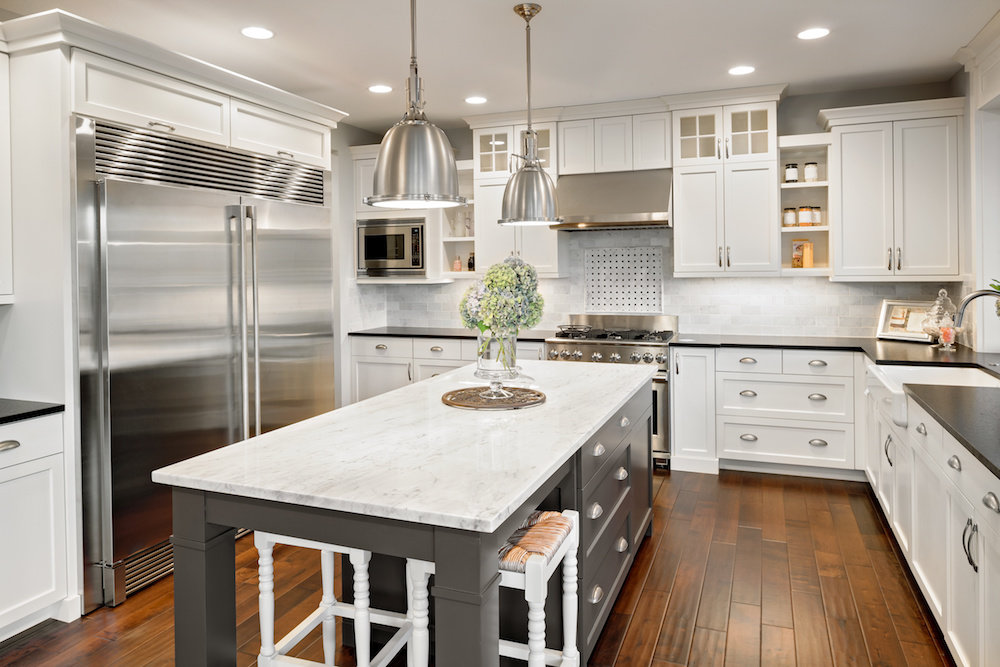JBM is teaming up with Dr. Brad Manor from Harvard Medical School to bring automation to our senior citizens. Giving them more independence and keeping them safe day and night!
The problem: Each year, 1 out of every 3 adults over the age of 65 will suffer at least one fall.1 Of those who fall, up to 30% suffer moderate to severe injuries, including hip and wrist fractures.2 These injuries, coupled with the rising fear of suffering another fall, reduce one’s ability to “age-in-place” and lead an independent, high-quality lifestyle.
In 2012, the average hospitalization cost for an injury suffered from falling was $34,294.3 This cost does not include additional fees for nursing home care, rehabilitation, community-based services, use of medical equipment, medication, long-term disability and increased dependence upon family members.
Over 70% of falls occur at night, and the vast majority of these falls happen during night-time trips to the restroom. During these times, the individual faces an extremely difficult challenge: navigating through the darkness with the reduced awareness and slowed reaction time that comes along with being “half-asleep.”
The Evidence-Based Solution: A fully-customizable pathway of lights from bedside to bathroom that are automatically triggered to illuminate when the individual sits up in bed. They remain on until the individual returns safely to bed, at which time they are automatically triggered to turn off.
- It’s not your ordinary lighting. A specific wavelength is used to help rapidly increase your alertness.
- Don’t disturb the person next to you. Individual paths can be created for each side of the bed.
- Automatically light your pathway to anywhere—from the bedroom to the bathroom, the kitchen, or down a flight of stairs!
Multiple randomized controlled trials indicate that automated lighting can reduce the risk of falling at night. In a one-year longitudinal study of 190 frail older adults living in their own homes, the use of an automated pathway of lights from the bedside to the bathroom resulted in a 67% reduction in the risk of falling.4
Importantly, because the light path is fully automated, the person does not need to remember to turn the lights on before getting up, thus suggesting that this solution may also be effective for those with the beginnings of memory impairment. This is indeed the case. In another study of older adults living on their own with mild to moderate Alzheimer’s disease, over 50% of participants experienced at least one fall during the one-year study period. However, those who were randomized to receive automated lighting were 66% less likely to fall as compared to those who did not receive automated lighting.5
For larger housing sites:
- For every 5 seniors equipped with automated lighting, one fall can be avoided each year.
- Acceptance rate of the technology is 97%.
Contact Us Today and let JBM show you how lighting and automation can change the way you live!
References:
- Tromp AM, Pluijm SMF, Smit JH, et al. Fall-risk screening test: a prospective study on predictors for falls in community-dwelling elderly. J Clin Epidemiol 2001;54(8):837–844.
- Sterling DA, O’Connor JA, Bonadies J. Geriatric falls: injury severity is high and disproportionate to mechanism. Journal of Trauma–Injury, Infection and Critical Care 2001;50(1):116–9.
- Roudsari BS, Ebel BE, Corso PS, Molinari, NM, Koepsell TD. The acute medical care costs of fall-related injuries among the U.S. older adults. Injury, Int J Care Injured 2005;36:1316-22.
- Tchalla AE, Lachal F, Cardinaud N, Saulnier I, Bhalla D, Roquejoffre A, Rialle V, Preux PM, Dantoine T. Efficacy of simple home-based technologies combined with a monitoring assistive center in decreasing falls in a frail elderly population (results of the Esoppe study). Arch Gerontol Geriatr 2012;55:683-9.
- Tchalla AE, Lachal F, Cardinaud N, Saulnier I, Rialle V, Preux PM, Dantoine T. Preventing and managing indoor falls with home-based technologies in mild and moderate Alzheimer’s disease patients: pilot study in a community dwelling. Dement Geriatr Cogn Disord 2013;36:251-61.


